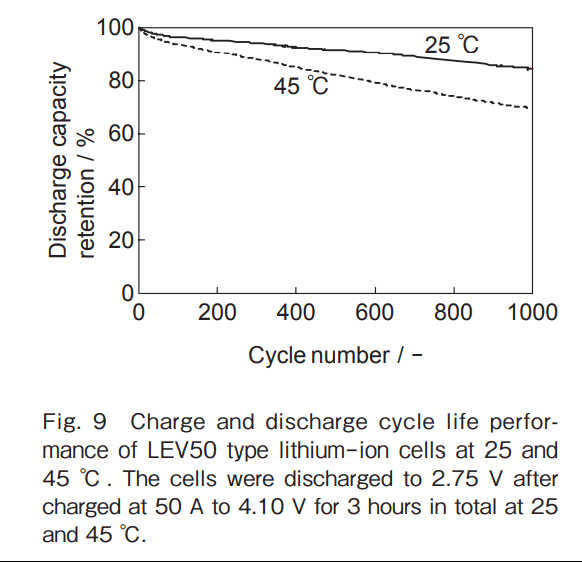Trex said:HHL said:And this:
However, the ISS Li-Ion batteries have been
designed for 60,000 cycles and ten years of lifetime. In
addition, they will incorporate cell balancing and
adjustable end of charge voltage technology in order to maximize their lifetime.
Li-Ion batteries have experienced notable issues in the past, in the form of overheating and “thermal
runaway” problems on the Boeing 787 Dreamliner aircraft.
However, the Li-Ion batteries that will be used on the ISS,
although manufactured by the same company (GS
Yuasa), have been designed incorporating lessons
learned from the 787 issues, and have passed rigorous..........
Sorry I did not answer you before HHL.
I wanted to keep myself on track and not get diverted. I was going to bring up what some of what you mention here later.
No worries.... had just come across this a while ago and thought I'd share it. Seems these people know how to make good batteries....
Incidentally, I have read somewhere that there is a difference between the LEV50 and LEV40 other than just capacity, the latter having properties more suited for PHEVs, whereas the LEV50 is designed for EV's






















